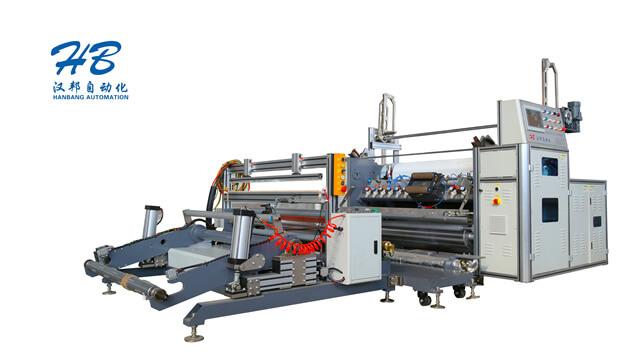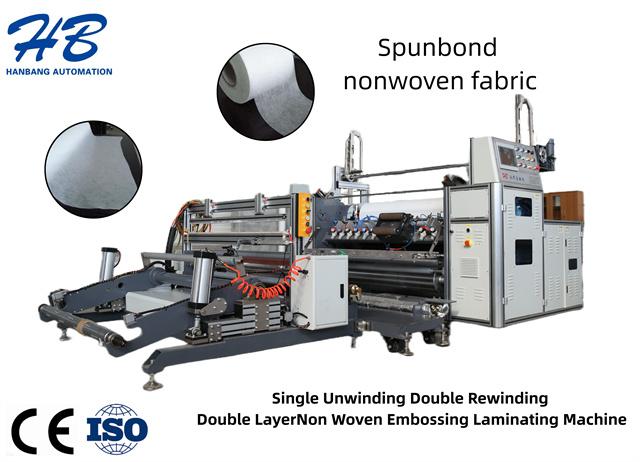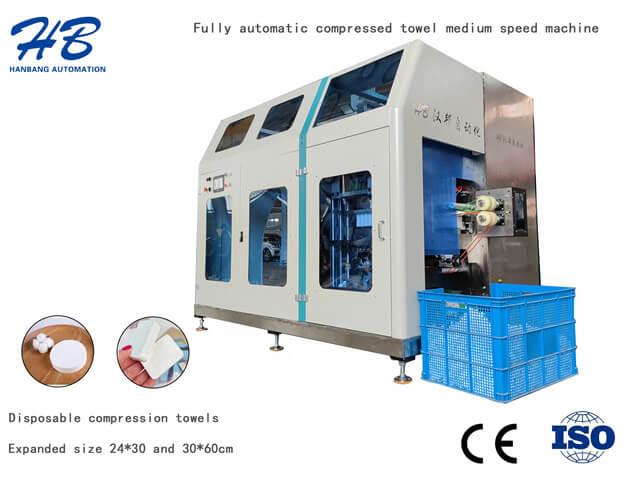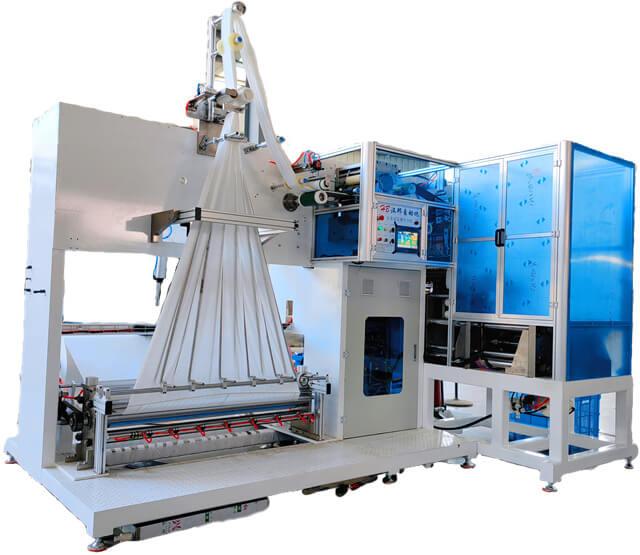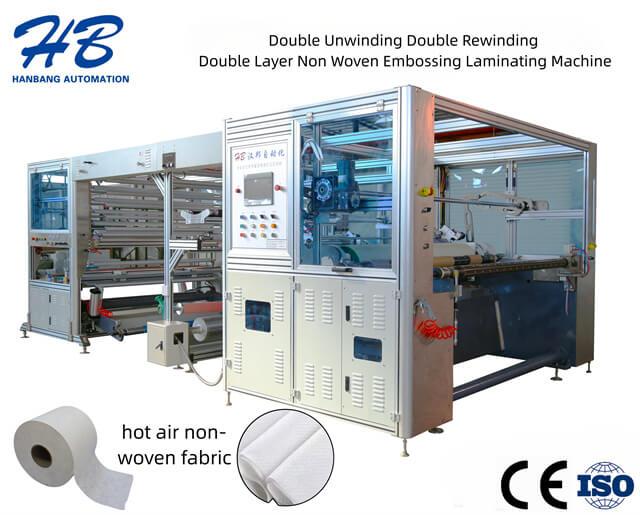Author:HB Nonwoven MachineryFROM:Compressed Towel Machine Manufacturer TIME:2024-04-30
Paper diapers and sanitary napkins are essential products in the hygiene industry, catering to the needs of infants and women. The production of these products involves various advanced machinery and equipment, including the non-woven needle perforating machine. Proper maintenance and care of this machine not only ensure its longevity but also guarantee the quality and efficiency of diaper and sanitary napkin production.
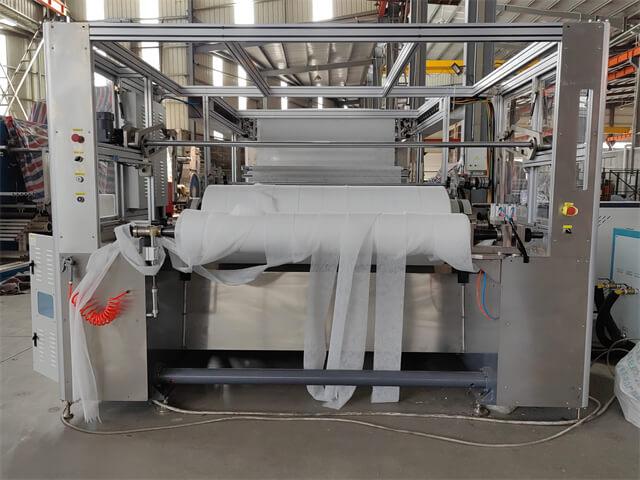
A key aspect of maintaining a non-woven needle perforating machine is regular cleaning. This involves removing any accumulated dust, fibers, or other debris that may hinder the machine's performance. It is recommended to clean the machine after each production cycle or at least once a day to prevent any blockages or damage to the needles and other components.
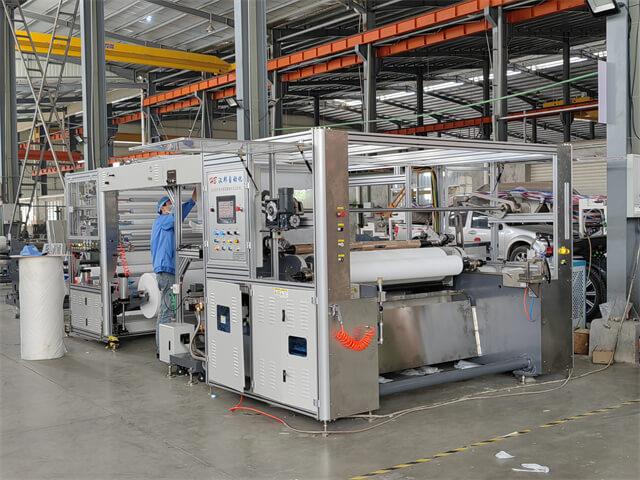
Proper lubrication is crucial for the smooth operation of the non-woven needle perforating machine. Apply lubricants to the designated parts as per the manufacturer's instructions. This helps reduce friction and wear, ensuring the machine functions optimally. Regularly check the oil levels and replace or refill them as needed.
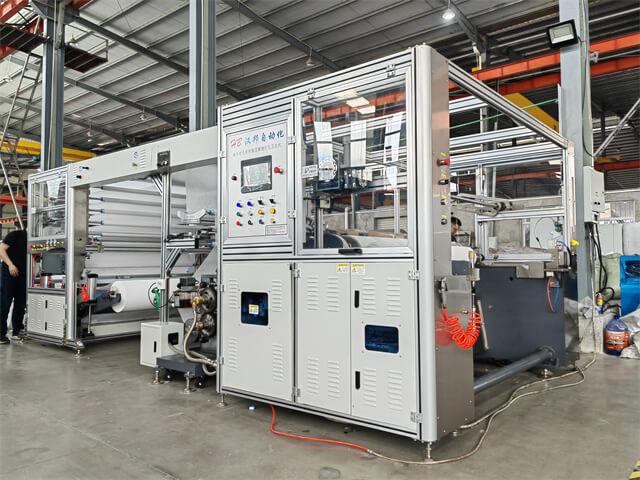
Regular inspection of the machine is necessary to identify any potential issues or signs of wear. Look for loose or damaged parts, worn-out needles, or any abnormalities in the machine's performance. Replace any faulty or worn-out components promptly to avoid further damage and maintain the machine's efficiency.
The needles play a vital role in the non-woven needle perforating process. They can wear out over time, affecting the quality of the final product. Regularly check the condition of the needles and replace them when necessary. Keeping spare needles on hand is advisable to minimize downtime during production.
Ensuring that operators are well-trained and skilled in operating the non-woven needle perforating machine is essential for its maintenance and care. Provide comprehensive training programs to the operators, covering proper usage, troubleshooting, and basic maintenance tasks. Continuous skill development will enable the operators to identify and address issues effectively.
Periodically calibrate and adjust the non-woven needle perforating machine to maintain its accuracy and precision. This involves checking the tension of the belts, adjusting the feed rate, and inspecting the alignment of the components. Regular calibration ensures consistent product quality and prevents any deviations in the production process.
Prioritize safety measures while operating and maintaining the non-woven needle perforating machine. Provide protective gear, such as gloves and goggles, to the operators. Ensure they follow the recommended safety protocols and guidelines. Regularly inspect the machine for any potential safety hazards and address them promptly.
Maintain proper documentation and record-keeping of the non-woven needle perforating machine's maintenance activities. Keep a log of cleaning schedules, lubrication routines, inspections, repairs, and any significant changes made to the machine. This helps track the machine's performance, identify patterns, and plan maintenance tasks effectively.
The maintenance and care of a non-woven needle perforating machine are crucial for ensuring its longevity and the quality of diaper and sanitary napkin production. Regular cleaning, lubrication, inspection, needle replacement, training, calibration, safety measures, and documentation are key aspects that contribute to the optimal performance of the machine. By following these guidelines, manufacturers can maximize productivity and deliver high-quality hygiene products to meet consumer demands.
